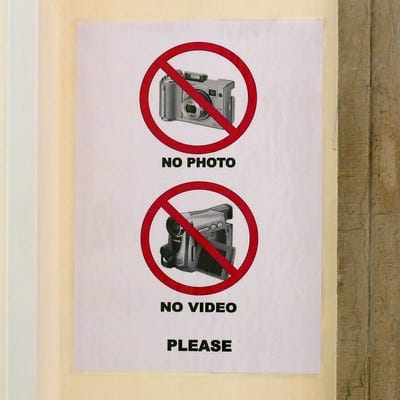Oh no! This group doesn’t use video!
A remote facilitation tip

What do you do when you only can only share a screen, an audio line, and chat? How can you possibly keep people engaged?
Set up feedback loops where you can.
A few weeks ago, someone who had heard one of my prior talks invited me to speak with a government agency. The talk actually mushroomed to include a few government agencies that were wrestling with being rapidly remote. Video was not possible for many of these people.
The host warned me this could be challenging. She stated that this group was somewhat reserved but typically would ask questions when they met in person. However, in the few weeks they’ve been rapidly remote, there has been almost no questions or comments in their “lunch-and-learn” type events. Also, as government agencies, unapproved applications like polling software was probably not going to work. We even struggled getting Microsoft Teams to allow me and others to connect and we had to shift to their version of Adobe Connect.
So I was left with the ability to share a presentation, a shared audio channel, and the built in chat for Adobe Connect. I reminded myself …
Set up feedback loops where you can.
You can see my presentation on Speakerdeck. You will notice design choices in the deck to set up feedback loops, such as:
- encourage feedback through chat (remember, they were a quiet bunch)
- Ask for questions early and often (and set the expectation up front)
- Encourage audio where possible.
For some attendees, this was their first time working remote. We immediately fell into the scenario where someone was having a heated discussion with family members and forgetting to mute. So our host muted immediately. That left us with chat only.
In asking for the attendees background (What is their role? And how long have they been remote?), I found a good mix of roles and remote experience. The more experienced remote workers felt comfortable with chat.
However, my first stop for questions during the presentation produced no results. I proposed a question I would frequently hear at this point. There was agreement in chat. For my second stop for questions, the host piped up with a question. No other questions. But I did get some acknowledgement in chat on some topics I covered.
At the end, there were a couple of questions and I offered to stay on for others. After the bulk of the group departed, there was some additional questions and appreciation for the presentation. They were listening. There may also have been some psychological safety challenges because of the wide range of roles attending. Hard to say.
However, by setting up those feedback loops, I did get good feedback toward the end.
Did I reach them all? Again, hard to say. But it was not a paid event. It was just an opportunity to provide some ideas on how they could improve going rapidly remote. Some of those ideas did take root from the feedback I heard.
